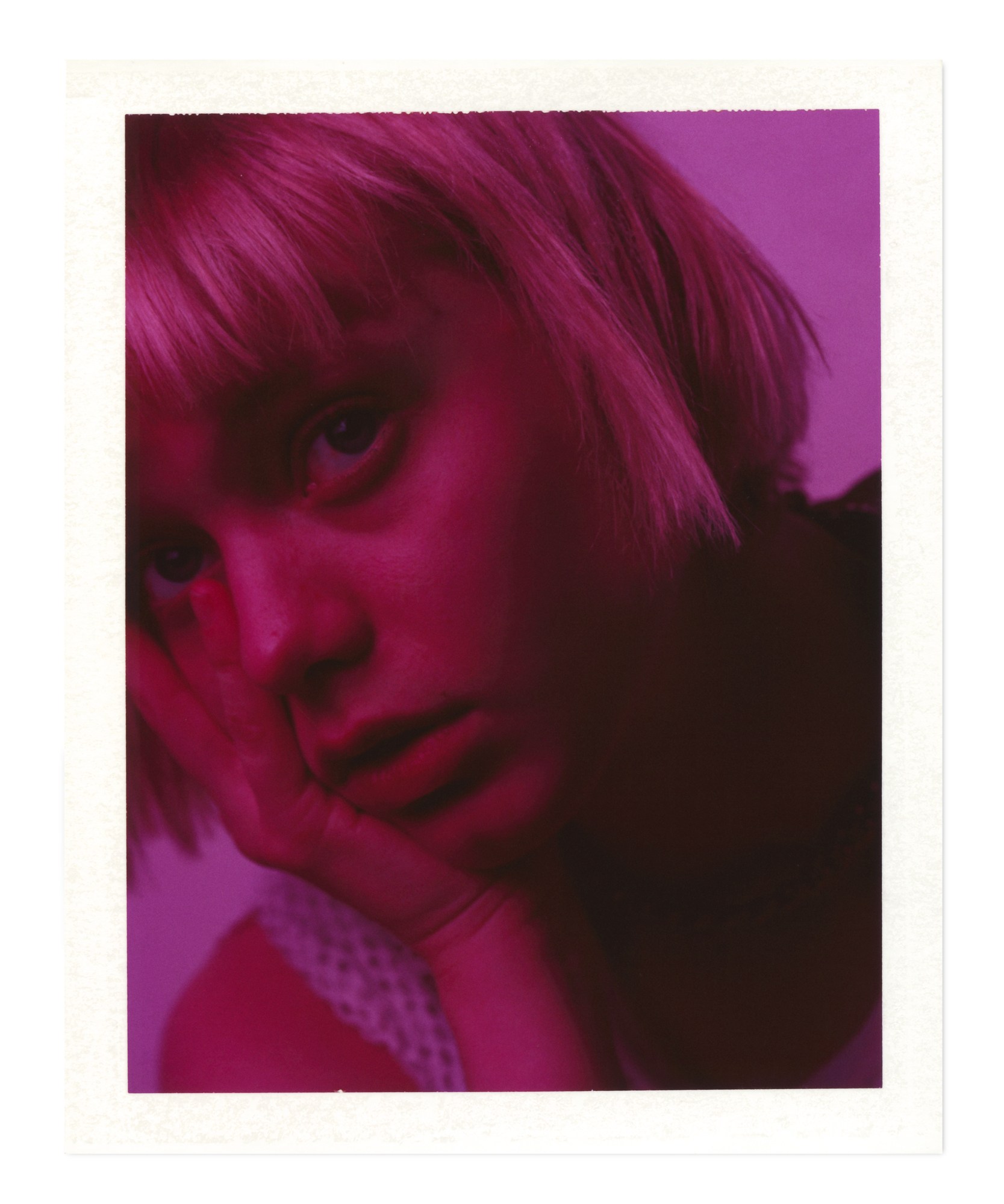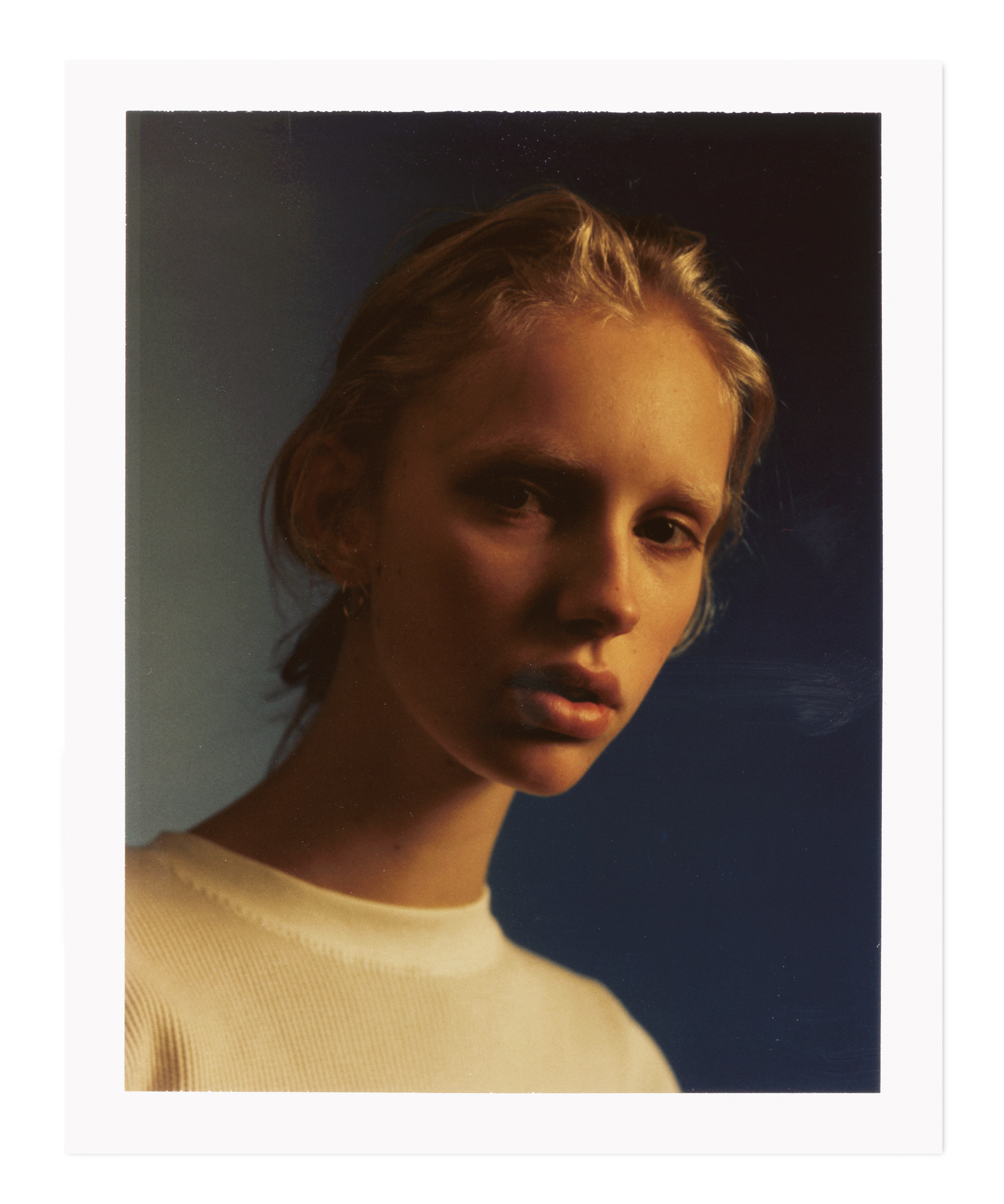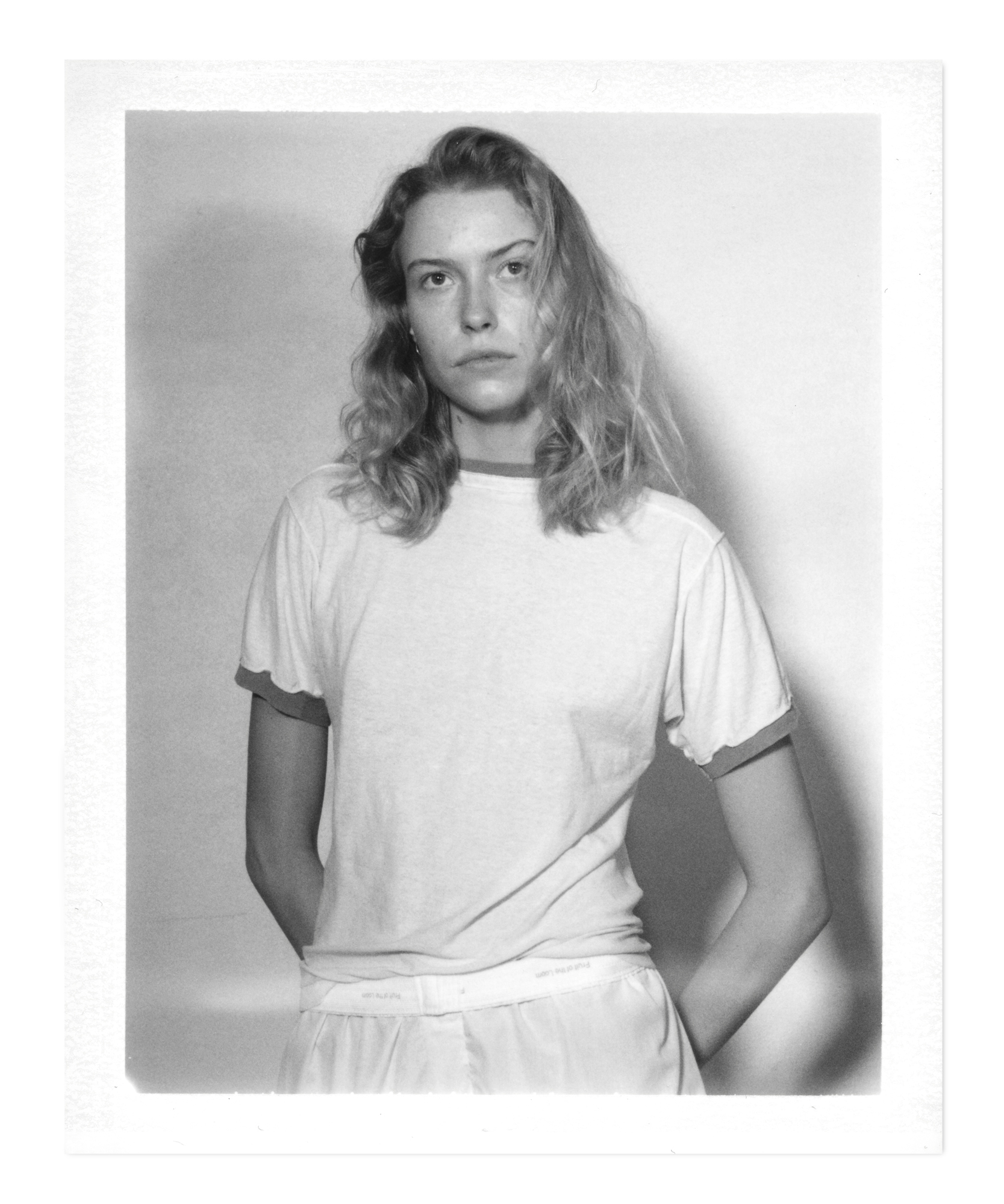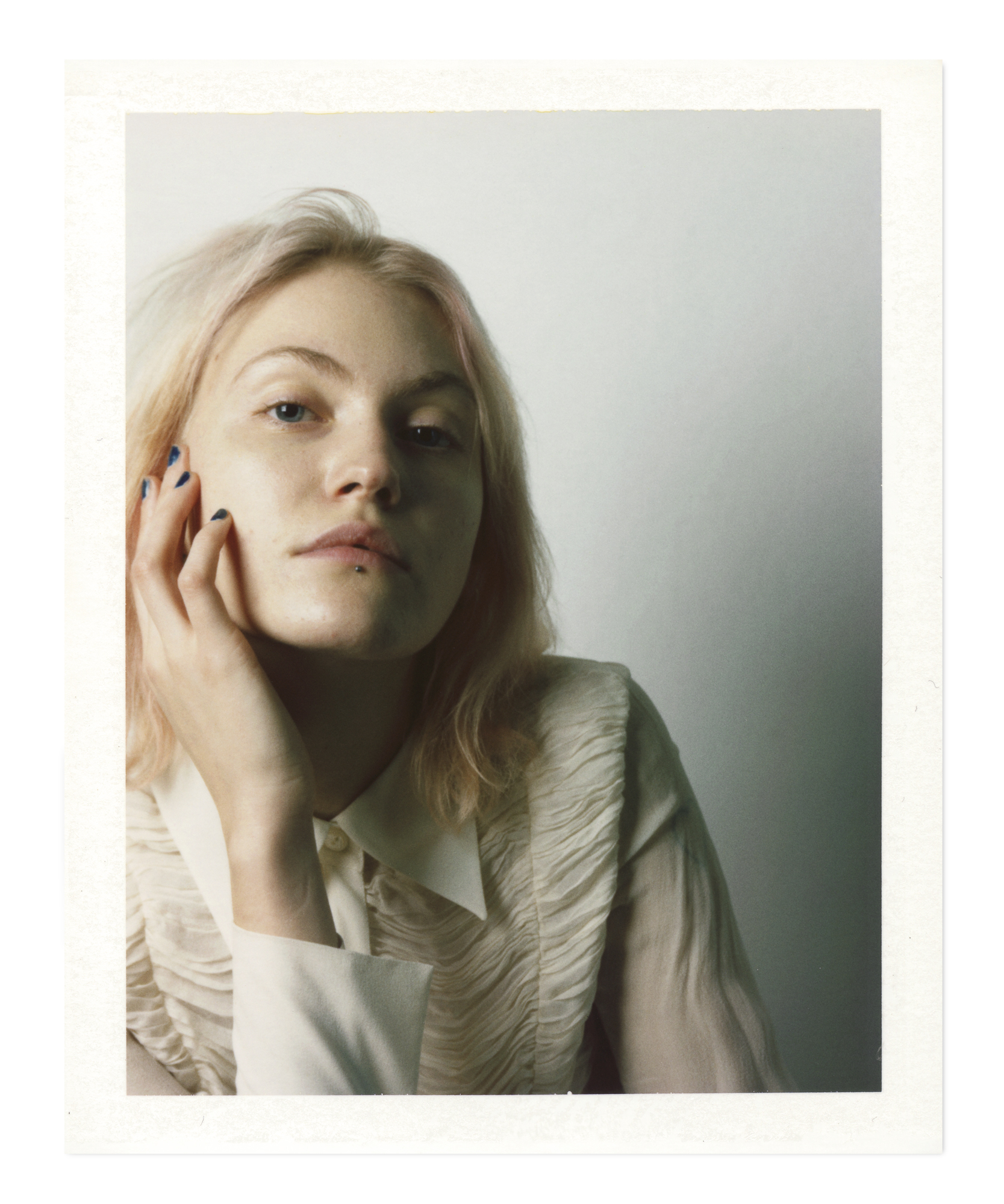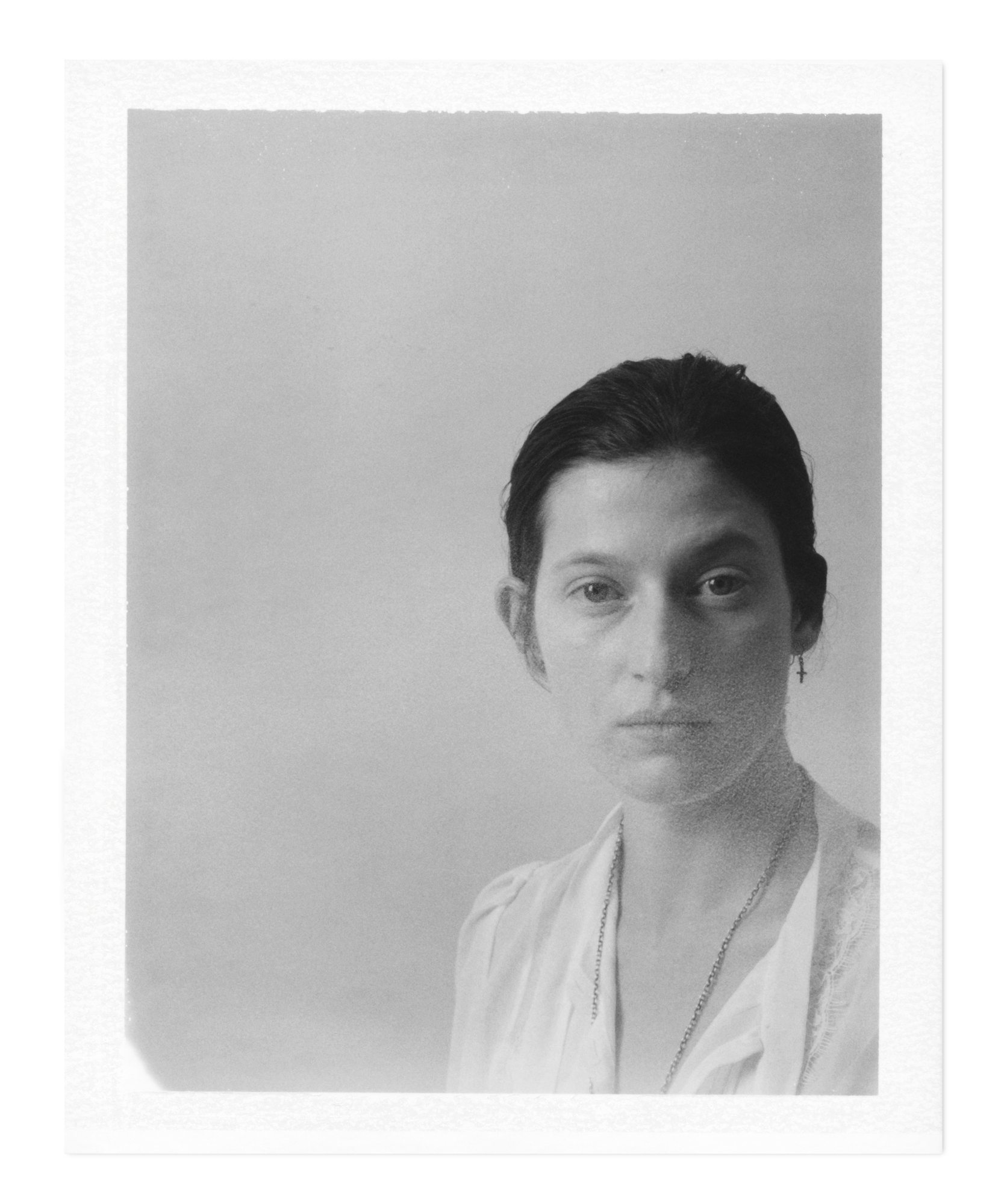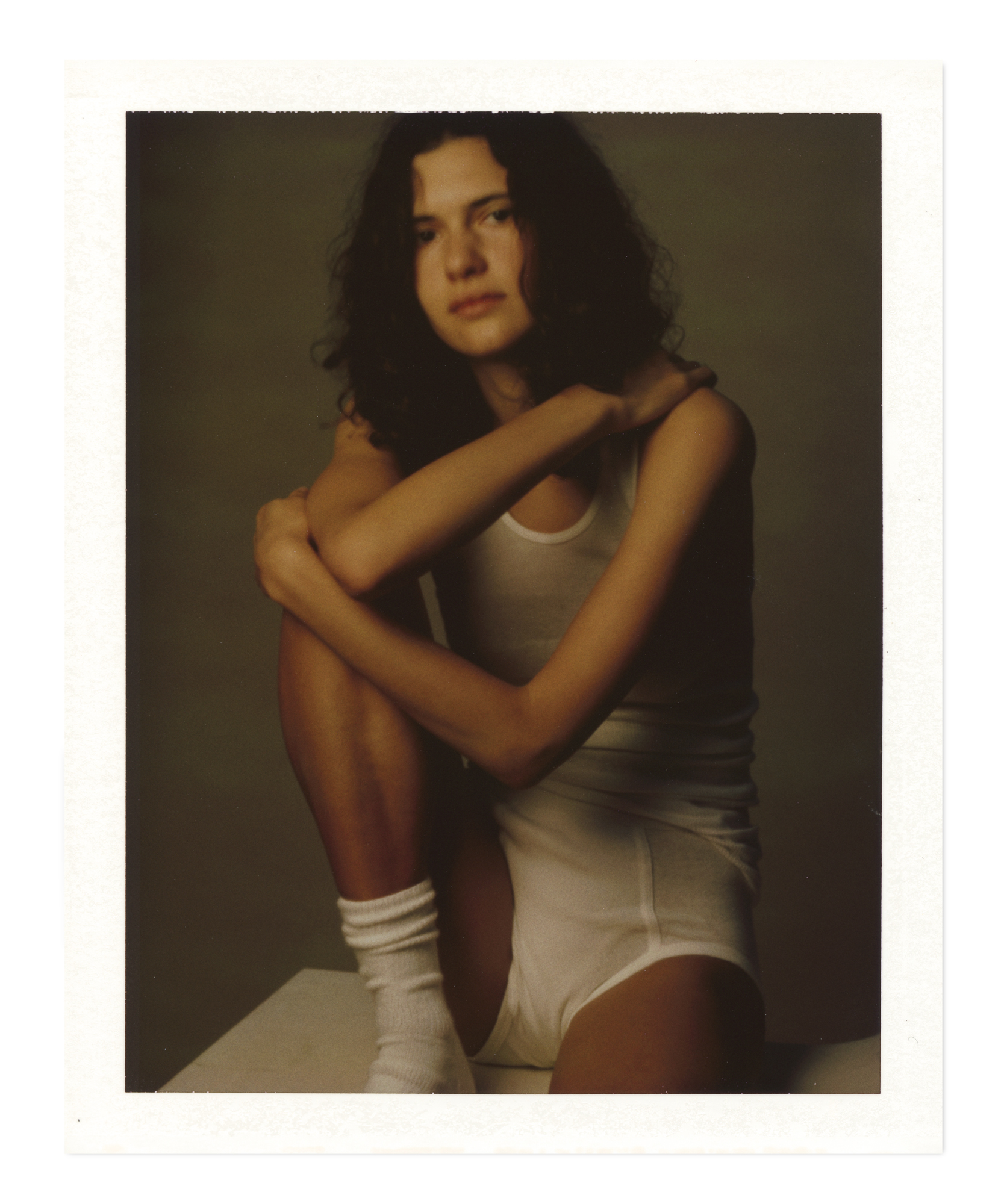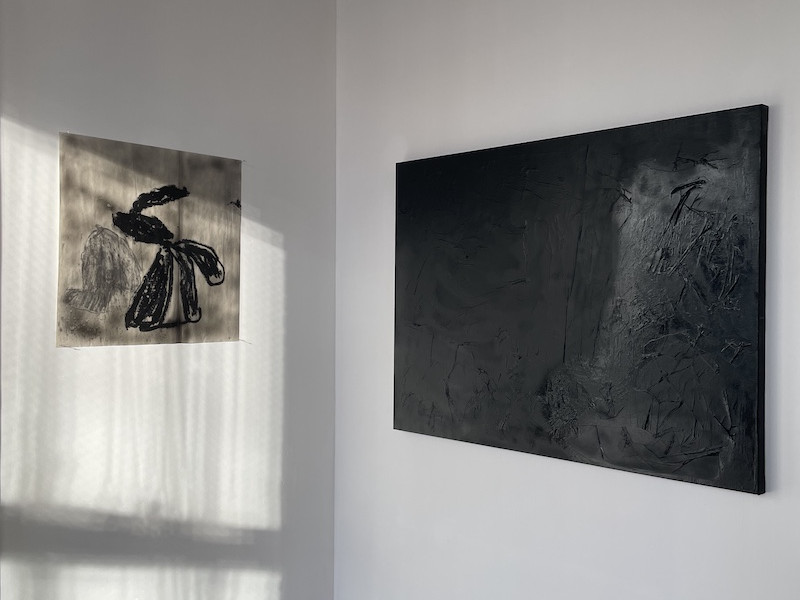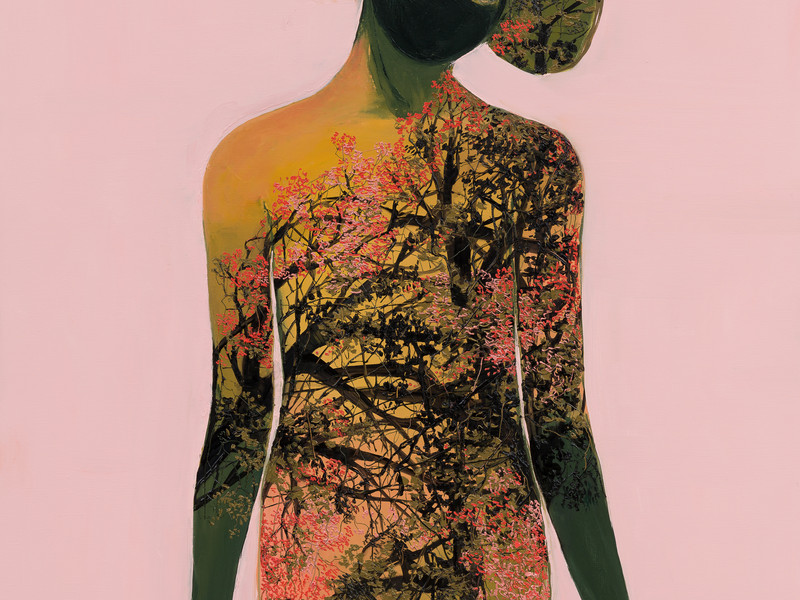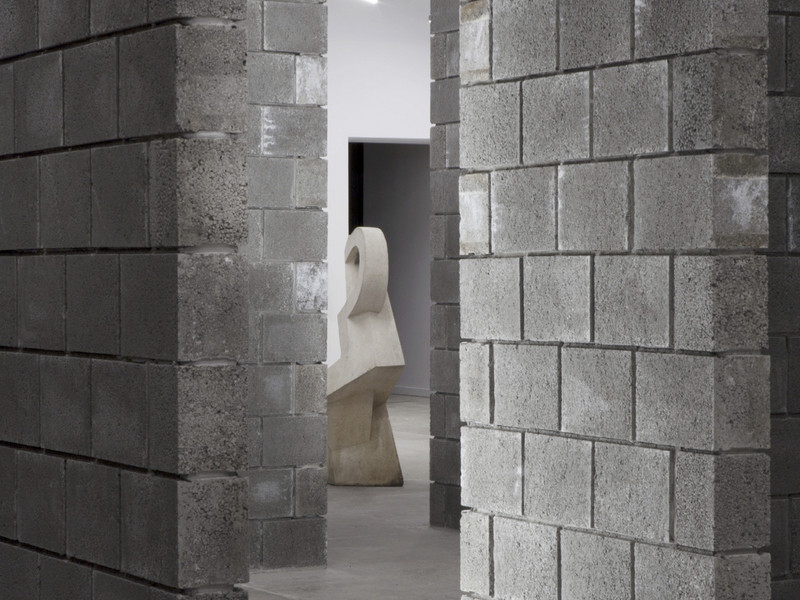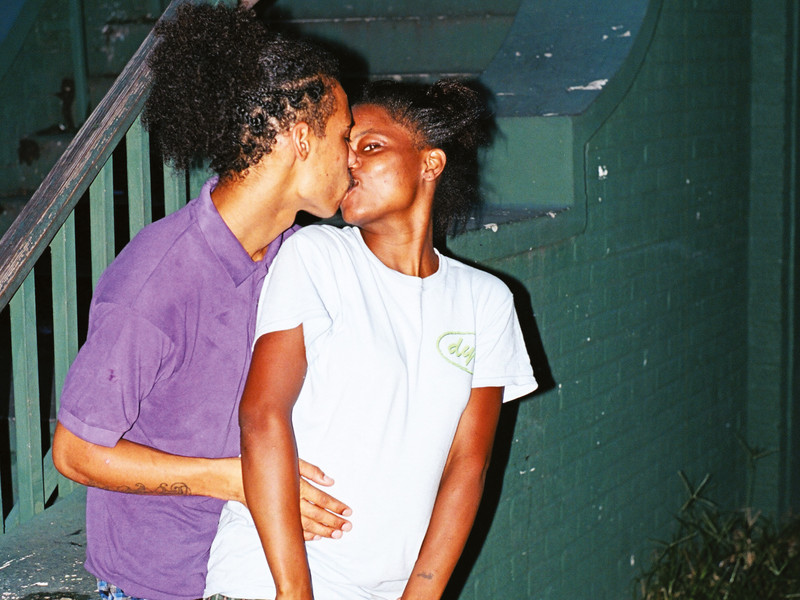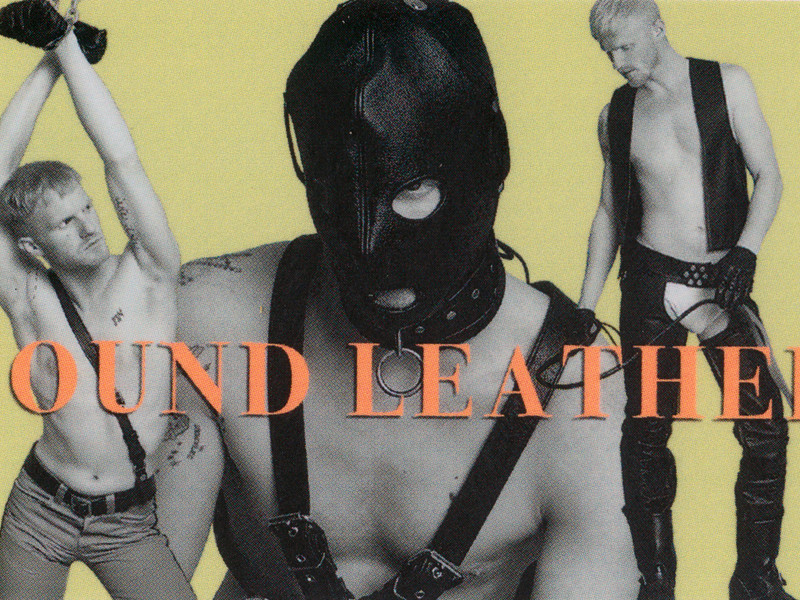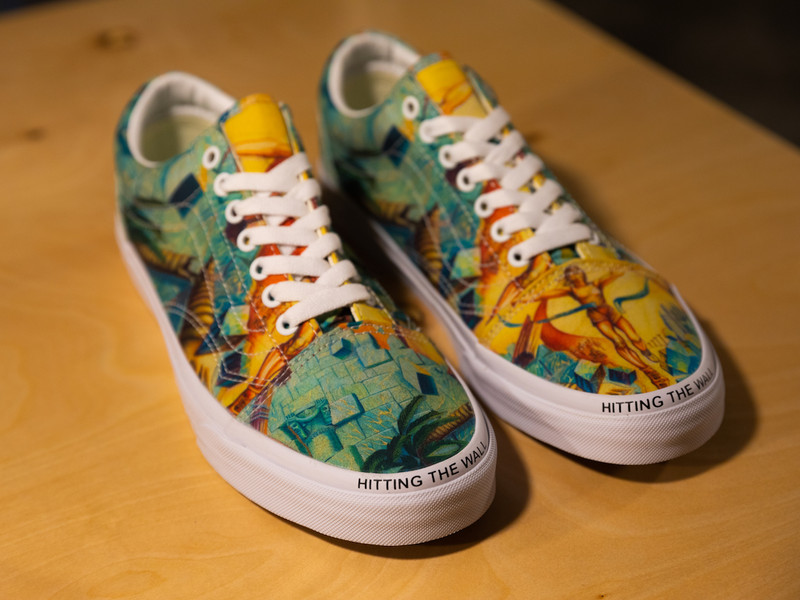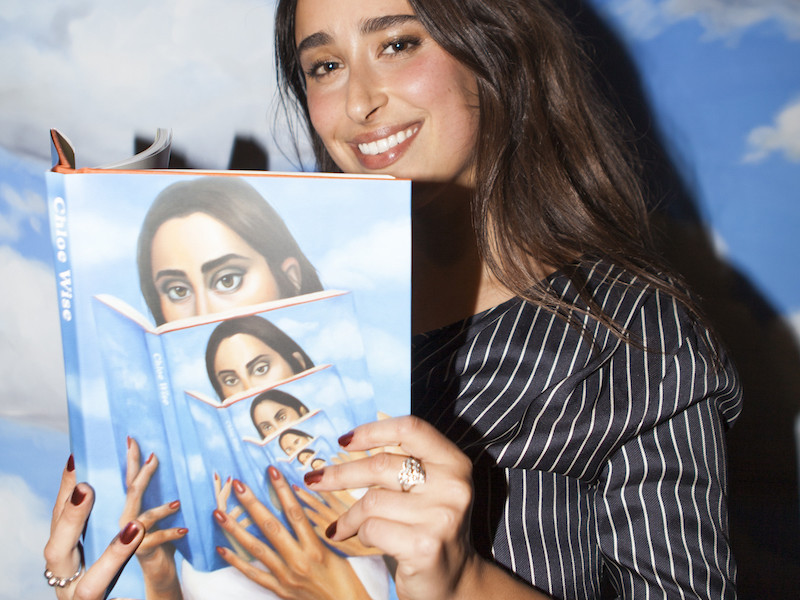Zeitgeister: A Book of Its Time
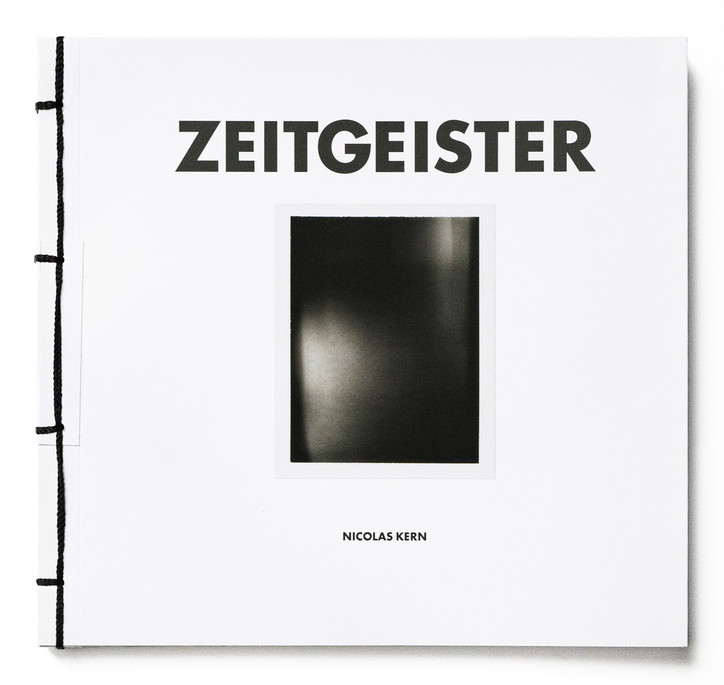
The result is Zeitgeister, a book of portraits whose meaning is contained in more than just its many beautiful faces, some of which you may recognize. Shooting with expired film and a fading medium, Kern proposes the future of photography: young models in all their soulfulness and potential. What it illuminates is the moment where past, present and future collide in energetic dialouge, and while it may mourn a lost practice, Zeitgeister most vehemently shows us that it is who we shoot that drives us foward, not how.
Now, in anticipation of his exclusive office book release and signing, we got a chance to pick the brain behind the book. Read on.
"Zeitgeist" is a German word for "the spirit of time" essentially. How is your book, Zeitgeister, in conversation with that concept?
It actually refers more to the spirit of a specific time, so "the spirit of its time," if you will. The project was shot after Fuji had announced that it would cease production of its large format instant film. I still had a fridge full of it, so I knew I had to do something that could only be done then, at that moment. And so I sat down with my good friend and hair stylist Adam Markarian and we came up with this idea: the last of this film, with talent that is of that time, shot by using technology that is of the past. A meeting of zeitgeists. In German the plural of zeitgeist is Zeitgeister.
In that vein, what was the significance of using expired film for the portraits?
The importance to me was less that the film would soon be expired, but that the technology was fading away. It marked the end of an era! Instant photography is now having a sort of revival, but much like vinyl its price point has raised it to a hobby for the enthusiast or well-off. And for large format photography there really is no replacement in sight and we’re left wondering if there ever will be. There was a magical moment with every picture shot on peel-apart instant film: that peeling of the film, the revelation of your creation, had a sense of ceremony that staring at a screen will never have. I think a little ceremony goes a long way on set.

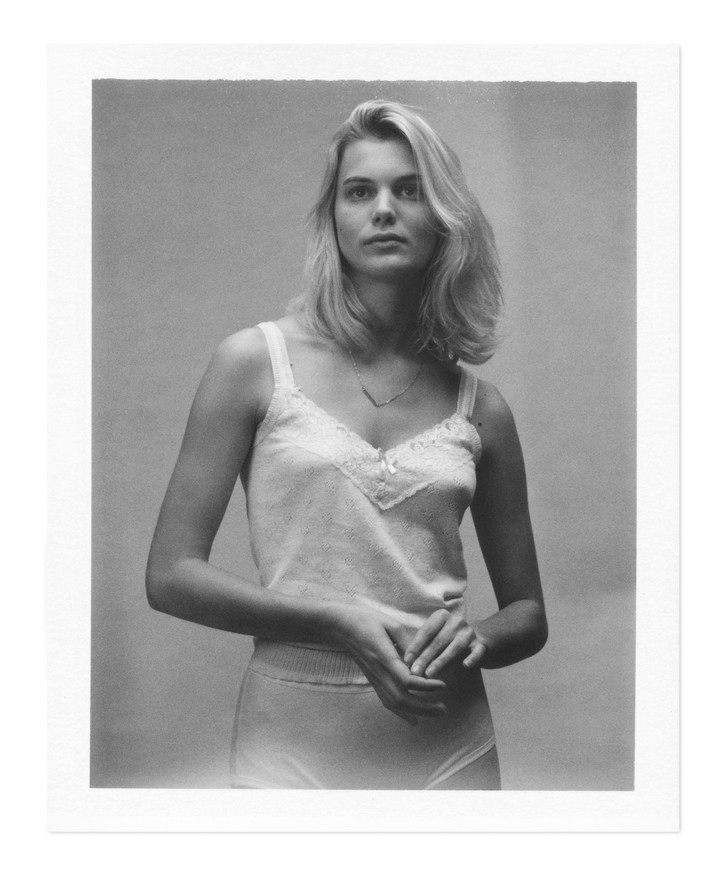
When you were casting this, what were you looking for?
Adam and I needed help with the casting process and luckily we found a very supportive hand in Beth Dubin. Beth had this wild book of Fuji Instax shots of models and we folded through it looking for a good mix of raw and refined. We were thinking it should be kind of yearbook style, people we’d want to run into on the street with a unique style and spirit. We wanted to shoot it super fast, so we were looking for kids that would come with a strong sense of self.
One thing that sticks out when putting your hands on the book is the unique binding and double leafed pages, why that format?
I feel a book should be a whole piece, and every angle indicative of its content and purpose. So to really bring that point home of large format photography, the level of tedium, craft and manpower it takes to operate one efficiently, I reached out to Steve over at Digital Color Concepts and picked his brain. We found this Japanese binding style which is done by hand and then agreed that we should use a French fold to give it heft and gravitas. Together it came to make this book a really tactile experience.
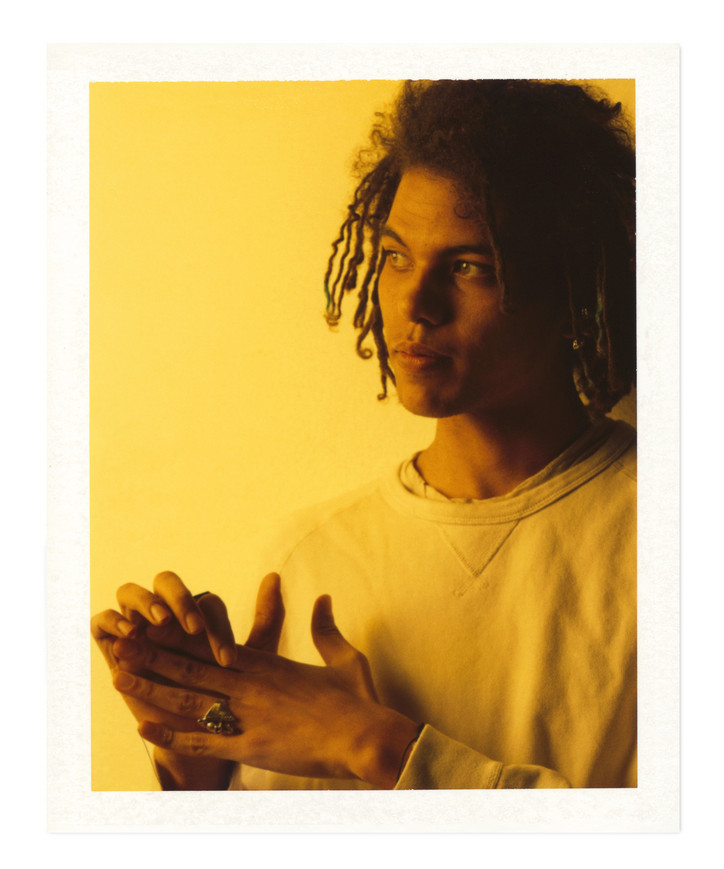
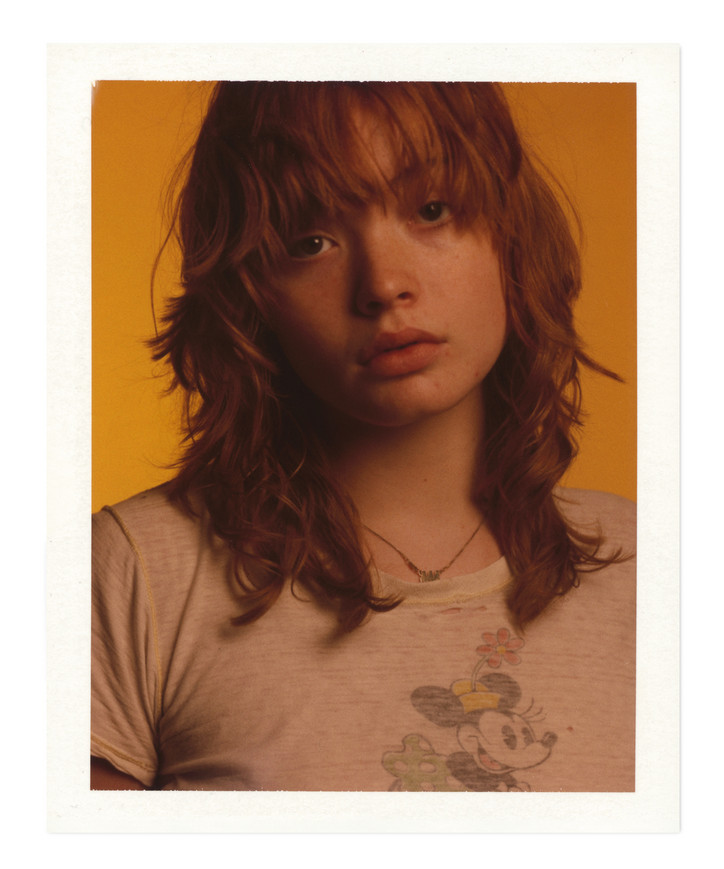
Can you tell us what drove you to put this in print at all? As opposed to a digital feature.
To create something of this scope, at this aesthetic level, takes a lot of time and patience. I felt it warranted to make a lasting piece. Not to say that digital doesn’t have its place, but digital content is quite disposable. I guess one could say instant photography once was too, but large format instant photography is now a true relic of the past. Pictures shot with this process are bound to be a little more contemplative and static and less prone to the crassness of today’s like-driven imagery. I wanted people to take time with the visuals. Look as these people and also at how the film recorded them. I wanted them to bask in a level of nostalgia.
Hardest thing about the process of producing a book?
After looking at the images for so long, trying many different layouts, then paper stocks, then binding options etc etc, the hardest part is to look at it with fresh eyes. To see it the way an independent person would look at it and not see the strain that went in to making it.
Most rewarding?
The journey of creation is one of learning and I find that to be the best part. I learned a lot about a variety of topics, crafts, and even about myself in making this book and I look forward to applying this newly gained knowledge to my next projects.
- Zeitgeister is available for pre-order here.
